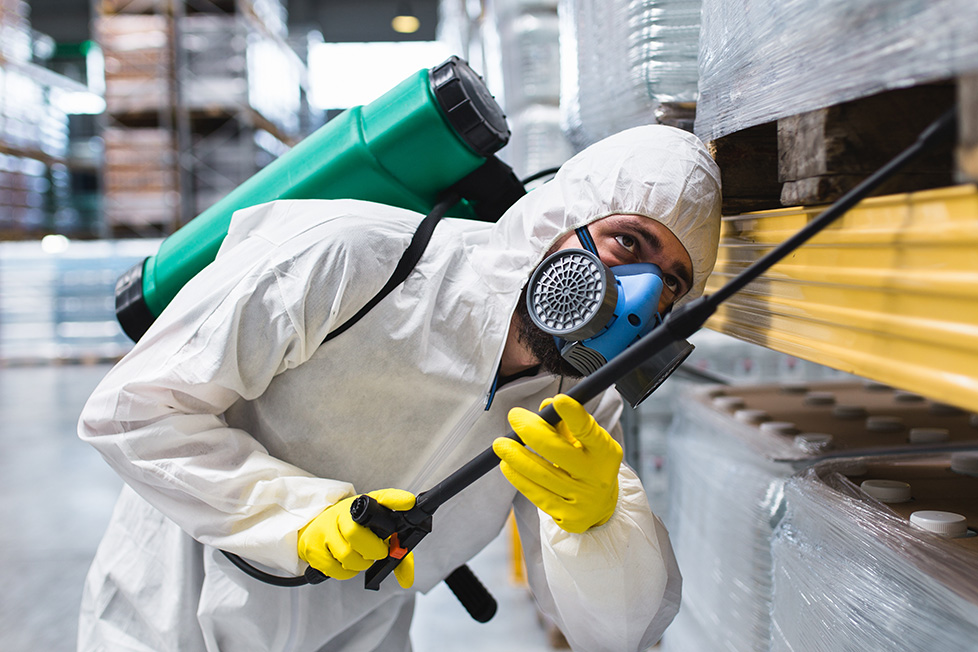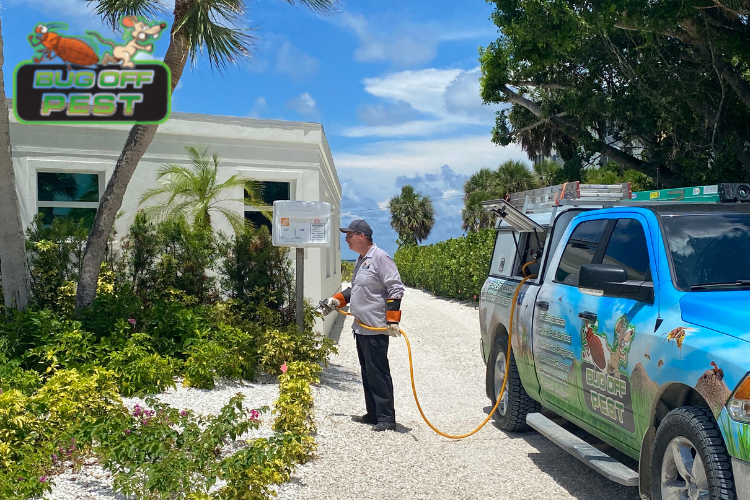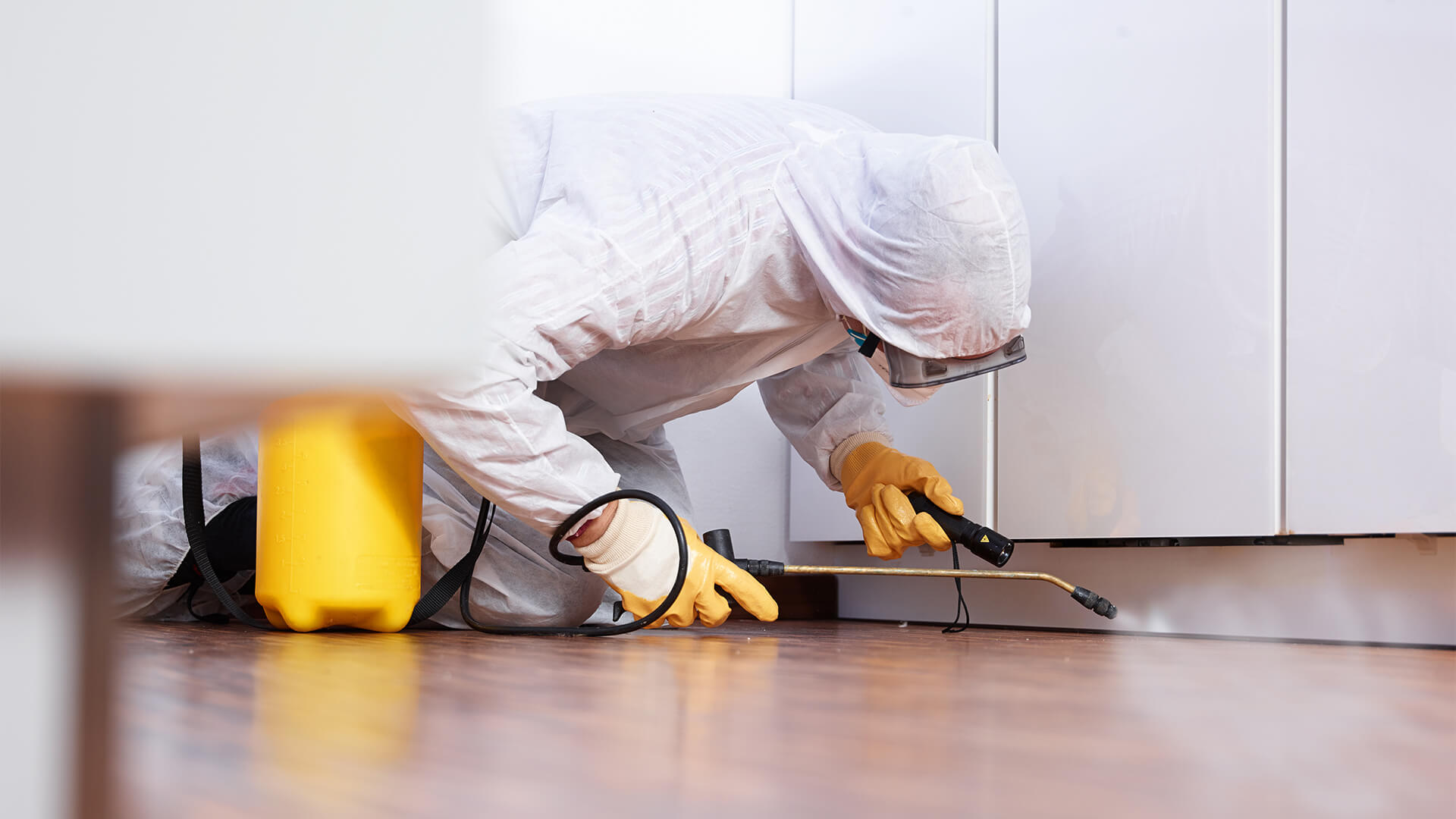Discovering Ingenious Methods and Products for Reliable Bug Control
The landscape of insect control is progressing, noted by the appearance of ingenious strategies and items designed to enhance efficiency and sustainability. From wise catches furnished with advanced monitoring systems to biological techniques that utilize all-natural killers, these improvements provide a paradigm change in exactly how we approach pest management.
Smart Traps and Keeping An Eye On Solutions
How can modern technology improve bug administration? One significant advancement is the growth of clever traps and keeping track of systems, which provide real-time data and analytics for reliable bug control. These systems use sensors and cordless innovation to identify insect activity, notifying building managers and insect control specialists to problems before they rise.
Smart catches are outfitted with functions such as bait terminals that attract parasites and capture them successfully. These traps can be monitored from another location, allowing for prompt treatments and lessening the need for considerable chemical applications. The assimilation of equipment learning algorithms enables these systems to distinguish between target parasites and non-target species, improving the accuracy of bug control actions.
In addition, the information accumulated from clever traps can be evaluated to determine patterns in insect habits and environmental elements contributing to infestations (Pest Control in Port Charlotte). This info is very useful for creating targeted parasite monitoring techniques customized to certain atmospheres. By accepting smart traps and keeping an eye on systems, parasite control specialists can improve their functional effectiveness and decrease the environmental influence of parasite monitoring, eventually causing more secure and more lasting techniques in the market
Biological Insect Control Techniques
Using natural killers and parasites, organic bug control approaches supply an eco-friendly alternative to chemical therapies. This method includes the introduction or improvement of certain organisms that can normally control parasite populaces, thereby lowering reliance on artificial chemicals. Common examples consist of making use of ladybugs to manage aphid problems and parasitic wasps to target caterpillars.

Organic control can be categorized right into three major techniques: classic, augmentative, and conservation. Classic biological control entails importing all-natural enemies from the bug's native environment, while augmentative control involves raising the populace of existing all-natural adversaries with launches. Conservation techniques concentrate on creating problems that support these beneficial microorganisms in the ecosystem.
It typically needs a thorough analysis of parasite characteristics and the life cycles of both the pests and their all-natural opponents. As awareness of environmental issues grows, biological insect control techniques are progressively acknowledged for their lasting duty in incorporated parasite administration programs.
Eco-Friendly Chemical Alternatives
Green chemical choices give a feasible remedy for pest monitoring that reduces ecological effect while successfully managing insect populations. These choices are stemmed from natural sources and are carefully created to target details bugs without hurting helpful organisms, making them a necessary part of sustainable pest control techniques.
Among the most reliable environment-friendly choices are plant-based insecticides, such as neem oil and pyrethrin, which are derived from the seeds and flowers of numerous plants. These compounds disrupt the life process of insects, decreasing their populations without the poisonous impacts associated with standard pesticides - Pest Control in Port Charlotte. Additionally, vital oils like peppermint and clove oil show repellent properties, better improving their energy in insect monitoring

Furthermore, environmentally friendly chemical choices frequently break down faster in the environment, minimizing the threat of soil and water contamination. This particular aligns with the enhancing customer need for lasting practices in agriculture and visit site metropolitan pest control. As research study remains to breakthrough, the development of innovative environment-friendly solutions will even more enhance effectiveness and widen application locations, making it possible for pest management experts to embrace greener, a lot more liable approaches in their techniques while safeguarding human health and wellness and the atmosphere.
Scent Disturbance Strategies
An additional cutting-edge technique in sustainable pest administration is using pheromone interruption techniques. These techniques make use of the natural chemical signals, or pheromones, that insects utilize for communication, particularly in mating actions. By interfering with these signals, pest populaces can be successfully managed without turning to unsafe chemicals.
Pheromone traps are frequently employed in this approach. Over time, this can lead to a substantial decrease in insect populaces.

Integrated Pest Administration Approaches
Efficient bug control frequently needs an extensive approach, and Integrated Insect Administration (IPM) approaches offer a structure for attaining this goal. IPM incorporates numerous management practices to lessen parasite populaces while decreasing dependence on chemical pesticides. This complex strategy begins with complete surveillance and identification of bugs, permitting targeted interventions based upon particular parasite stress.
Cultural practices, such as crop rotation and sanitation, play a crucial function in preventing insect establishment. Biological controls, including natural predators and parasitoids, are utilized to preserve insect populations at workable levels. When required, selective chemical treatments are applied, highlighting lower toxicity to non-target species and the environment.
Additionally, education and outreach are essential components of IPM, promoting recognition amongst stakeholders concerning lasting practices and pest life process. The adaptability of IPM allows practitioners to react properly to altering pest characteristics and environmental problems. By utilizing this find alternative technique, IPM not only boosts pest control efficiency yet likewise contributes to lasting environmental balance. Ultimately, Integrated Pest Monitoring stands for a forward-thinking service that aligns farming efficiency with environmental stewardship, making it crucial in contemporary pest control strategies.

Final Thought
In conclusion, the integration of cutting-edge techniques and items for efficient parasite control represents a significant development in lasting bug management. Smart traps and monitoring systems, biological parasite control methods, eco-friendly chemical options, and scent disruption methods jointly improve the effectiveness of parasite management approaches. By adopting these techniques, the dependence on conventional pesticides can be decreased, advertising environmental health and wellness while ensuring efficient bug control. Proceeded r & d in these areas will certainly further enhance parasite management methods.